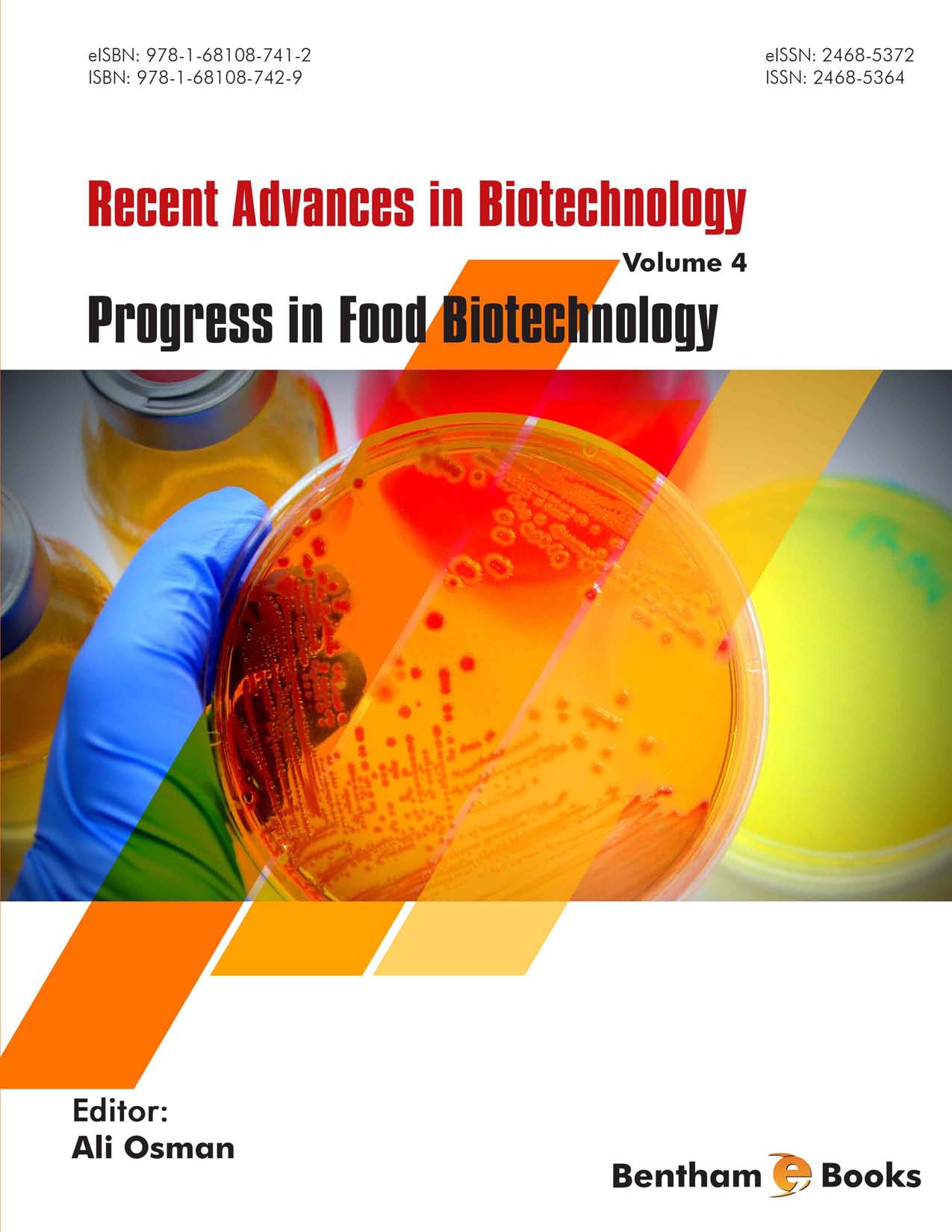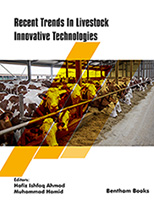Biotechnology is a dynamic, constantly-advancing, and multidisciplinary field which describes the application of any technology that uses biological systems, living organisms, and their products/derivatives to make or modify products and/or processes for specific uses. The advantages, advances, and relevant aspects of its disciplinary underpinnings in biology, chemistry, and engineering have covered various applied areas, such as medicine, pharmaceuticals, nutraceuticals, food and beverages, agriculture, environment, catalysis, etc... In the food processing sector, the recent advances in biotechnology have targeted the selection and manipulation of organisms and their products with the objectives to (1) improve process control, product quality, consistency, yield and process efficiency, and (2) produce novel opportunities in food preservation and in the production of value-added products (i.e. enzymes, flavour compounds, microbial cultures, food ingredients, etc…).
The global biotechnology industry is in the growth phase of its economic life cycle. The rapid increase in demand reflects the significant expansion in the numbers and volumes of industrial goods produced using biotechnology. Product lines increase as new technologies are developed, processes are learned, and products are commercialized. The contribution of biotechnology to the food production market was evaluated at about US$101.96bn in 2014 (Visiongain market research). Within food biotechnology, many segments are experiencing rapid growth rates. For example, the global food enzyme market is expected to grow with a CAGR (Compound Annual Growth rate) between 7 and 8.5 % from 2017 to 2023 (report linker, Mordor intelligence). Another example is the global starter culture market which is expected to grow with a CAGR of 5.5- 6.5 % between 2016 and 2024 (Credence Research, Markets and markets research).
The dynamics of the food biotechnology market and the fast pace with which the field develops are the main drivers behind the effort spent by the authors of this eBook to cover the most up-to-date advances taking place within food biotechnology. This current eBook ‘Advances in Biotechnology: Progress in Food Biotechnology’ has a pivotal role in describing and discussing snapshots of the most recent advances in the field of academic, industrial, and market perspectives. The eBook targets researchers, scholars, and particularly students and professionals from both academia and industry interested and working in this multidisciplinary subject. This eBook helps (i) students to strengthen their knowledge and expertise in the field, (ii) researchers and industry specialists to initiate and integrate new ideas and technologies in their product and process development, and (iii) specialists in governmental and non-governmental bodies in developing their policies and decision-making processes.
This eBook is written in a very simple and easy-to-understand language targeting a broad audience, and will be an interesting source of trustworthy information supported by graphs, tables, numbers, market trends, and stories of successful product launches. This eBook will not only cover the advances in food biotechnology from an academic perspective, but will also discuss in detail the current advances from an industrial perspective. The content of this eBook will also highlight, between the lines, the possible ways for creating the future of food biotechnology from a technological, market, industrial, and legal point of view.
This eBook is composed of 10 chapters. Chapter 1 presents the latest research on food protein-derived bioactive peptides and the impact of enzymatic hydrolysis on the functional and organoleptic properties of proteins, while chapter 2 discusses the classification, biosynthesis, functional properties, and various food and health applications of bacterial exopolysaccharides (EPS). In chapter 3, the recent advances in the enzymatic modification of phospholipids, the preparation of chemically defined structured phospholipids, and the diverse applications of these phospholipids are reviewed. Chapter 4 presents the current and future status of microbial culture research and production with emphasis on the main fermenting microorganisms, the mutual effects that microorganisms have on each other, and the resulting effects on food matrices. Furthermore, chapter 5 provides a comprehensive overview of the research carried out on probiotics, prebiotics, and synbiotics in the last 10 years as well as the new biotechnologies that contribute to the understanding of the host-microbiota interactions and the mechanisms of actions of pro-, pre- and synbiotics. In chapter 6, current food additives produced via biotechnological routes, such as amino acids, antimicrobial peptides, organic acids, vitamins, and sweeteners are discussed, whereas chapter 7 presents the latest results obtained with phenolic-based nanoparticles, showing the failures, achievements, and most promising routes for future work with these interesting nutraceuticals. Chapter 8 discusses (i) the recent advances in enzyme discovery approaches supported by few examples of relevance to the dairy industry, and (ii) the up-to-date developments in industrial dairy enzyme applications, with focus on lactose bioconversion, while chapter 9 highlights the role of biotechnology on the bioconversion of major industrial and agro-industrial by-products into various bio-products as examples of a future bio-based economy. In the last chapter of this eBook, plant epigenetics and future expectations that can employ epigenetics in order to improve crops and produce higher levels of e.g. vitamins and proteins are presented in detail.
Ali Osman
DSM Food Specialties
Alexander Felminglaan 1
2613 Delft
The Netherlands
E-mail: Ali.Osman@dsm.com





